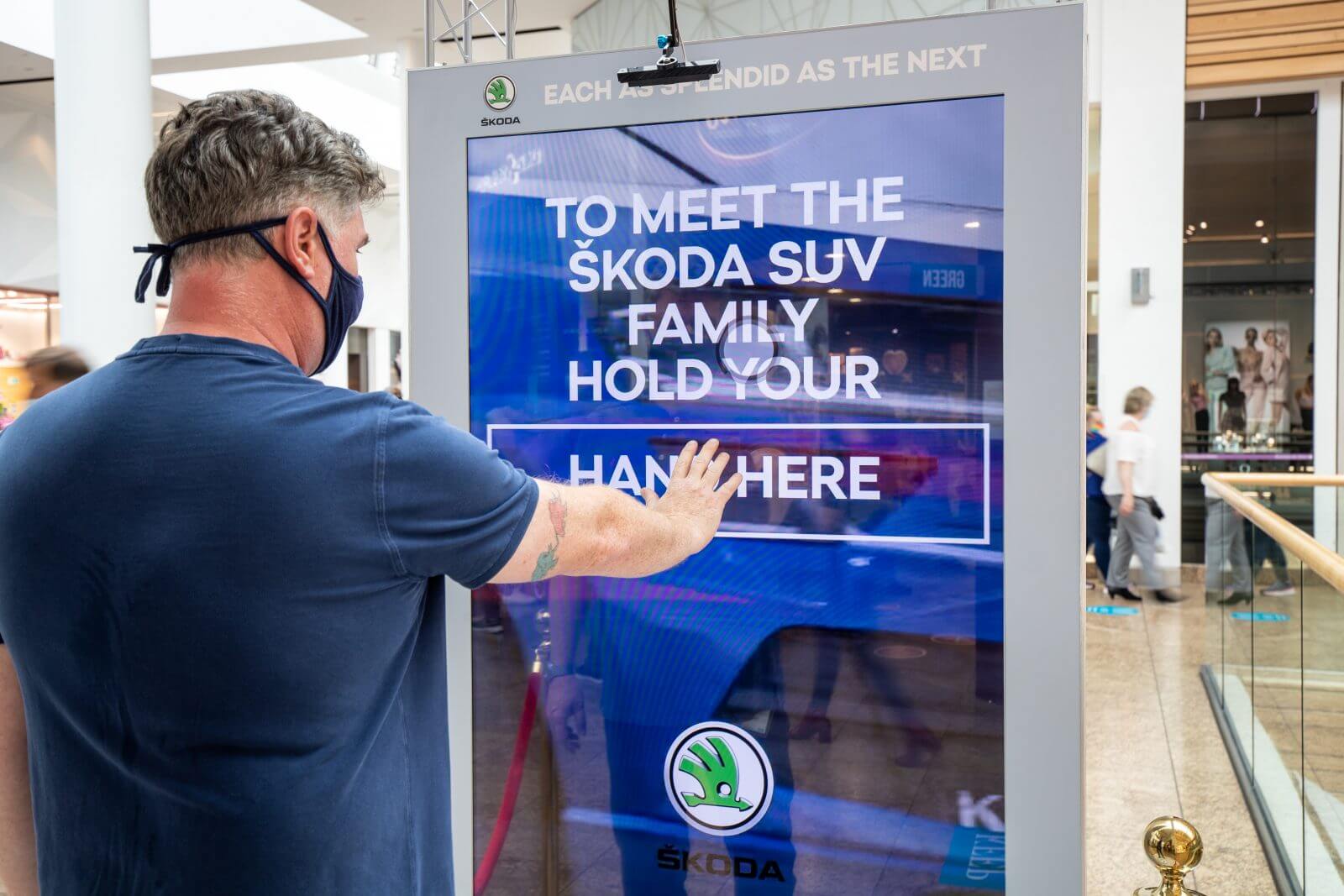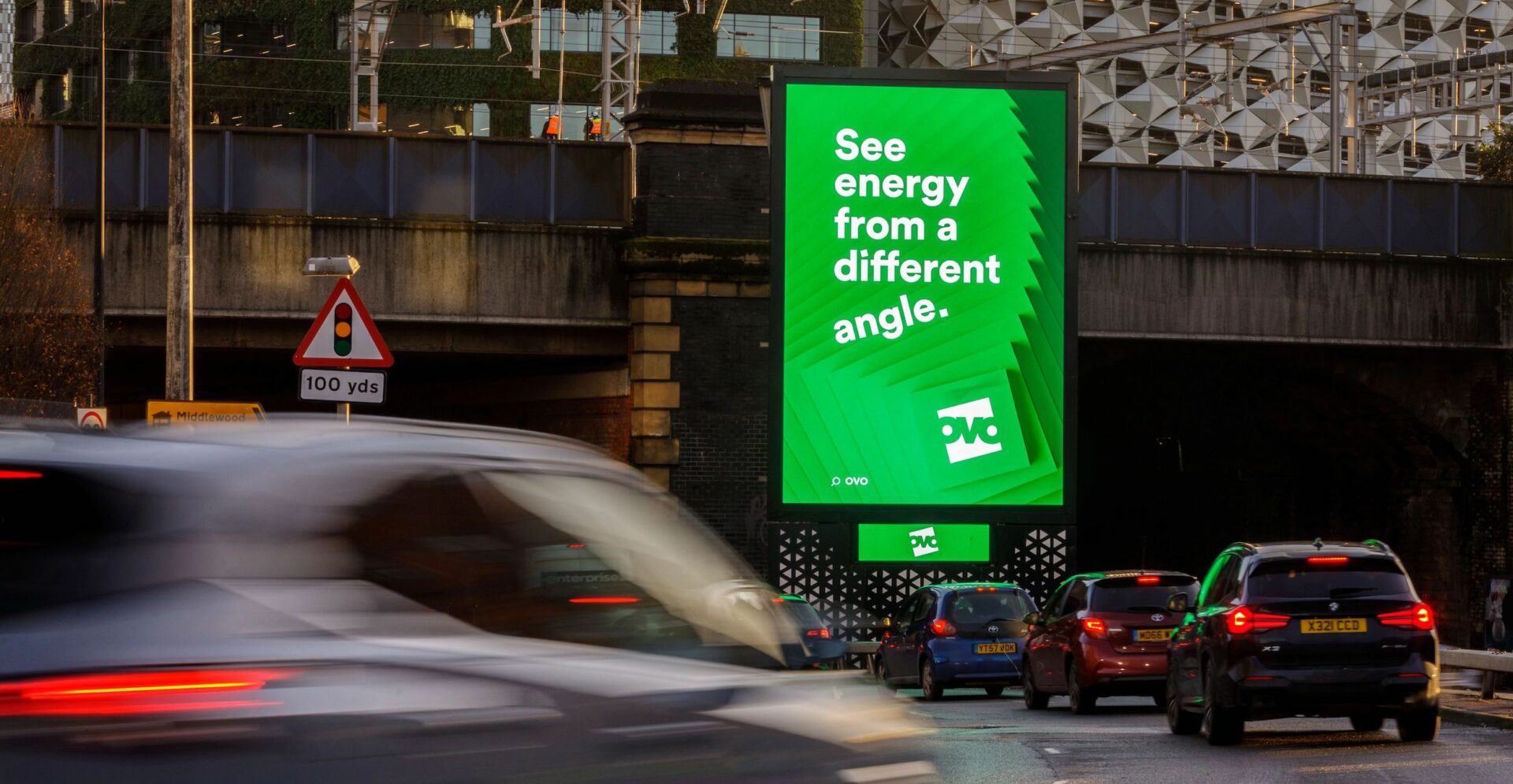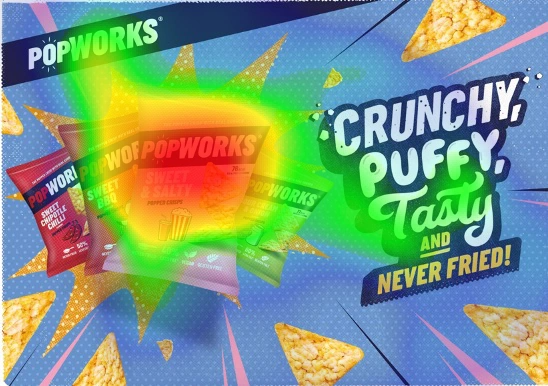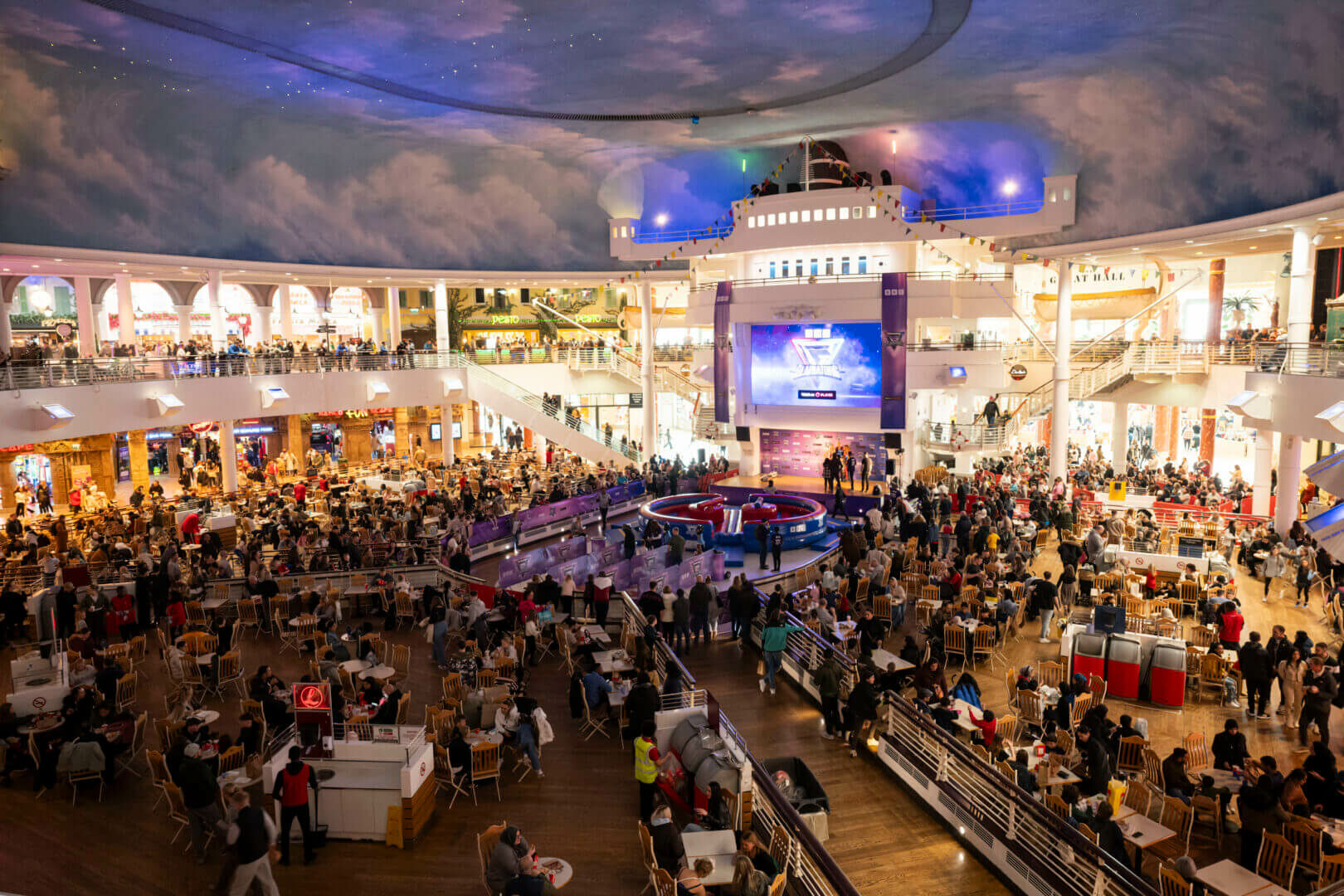A Breaking Point for the Media Industry?
This first appeared in MediaTel on 4th September 2020.
Reacting to the news that Google is passing the digital services tax on to advertisers, Barry Cupples, CEO of Talon, argues the time has come for the media industry to reset its priorities
Resetting the Advertising Landscape: Navigating Digital Tax Impacts
Google has announced it will be passing the new 2% digital services tax directly over to advertisers from November, as will Amazon, and other digital giants are likely to follow suit (although since the time of writing, Facebook has announced that it will be shouldering the costs of the tax itself).
The news is not too far removed from the ongoing advertiser boycott of Facebook over hate speech, or admissions it has been slow to remove unsuitable content. Many clients are now paying over the odds for their brand messages, with little control over environment.
Alongside the multiple challenges we face as business leaders getting our industry back on its feet and fit for purpose after months of Covid-driven lockdown, this story is no longer just another footnote in the multi-billion pound digital saga around the changing media landscape.
Phil Smith, the director general of ISBA, said Google’s move to tax clients was “disappointing but inevitable”. But some agencies are furious and rightly so. Those previously mentioned challenges in particular mean that by passing this tax on to advertisers, we’ve reached a breaking point where the only solution is to reset.
And here’s how we should do it.
Brands have the opportunity now to re-engage with consumers looking for trust and reassurance. Well-received evidence, as outlined by effectiveness expert Peter Field here, has shown that the importance of branding and broadcast messaging has never been greater.
For me, this means making broadcast your number one priority, then contextual, integrated media messages to a smart target audience. All whilst maintaining a close control on fees and costs of intermediaries. Now, more than ever, this is paramount for your media planning.
Out of home (OOH) can provide real leadership in this new narrative. We have never been more prepared to deliver broadcast audiences, amplify social stories and above all, prove the worth of communication spend through actionable evidence. Brands can capitalise on flexible and high quality digital inventory which delivers the reach, location and context to talk to audiences in a compelling way.
Media practitioners can help deliver growth by reaching audiences contextually, in the moment and across all their activities.
This means more integrated client media solutions rather than those merely gravitating towards false economy activation. Reliance on social media and search platforms alone means aligning with untrustworthy environments alongside potentially unsuitable and sometimes unforeseeable experiences, where multiple parties are all taking an unqualified share. It is not an effective solution for all clients, and many will vote with their feet.
Our research into the value of the ‘4th space’ – the integrated screen solutions across mobile and digital OOH – shows how combining channels works to fill the growing gap in brand advertising to young audiences. Facebook’s own research has identified the sales value of an integrated approach, fundamentally because OOH can deliver a broadcast base.
At Talon, our technology enables us to fully identify planned target audiences through device data, and then seamlessly buy that inventory through an automated service, Atlas. Some may call it programmatic, but in OOH we have redefined that term to eliminate unnecessary layers of process and cost. We can still apply the knowledge and smart thinking we’ve committed to OOH planning for many years, through automation.
Technology is an important part of the solution, but many will lead you to believe it is the only answer. Flexible, automated technology that serves clients using OOH and intelligent, data-led, measured campaigns is our new narrative and the new normal.
Back in March we were an industry in rude health. With roadside audiences back to above normal levels nationwide and many shopping destinations back to normal levels, now is the time for brands and agencies to be strong, to showcase brand strengths and remove the media inefficiencies that take up so much of the creative energy in the advertising process.
Our industry should be about delivering trust and value for advertisers, not generating more hidden costs.
Barry Cupples is CEO at Talon




